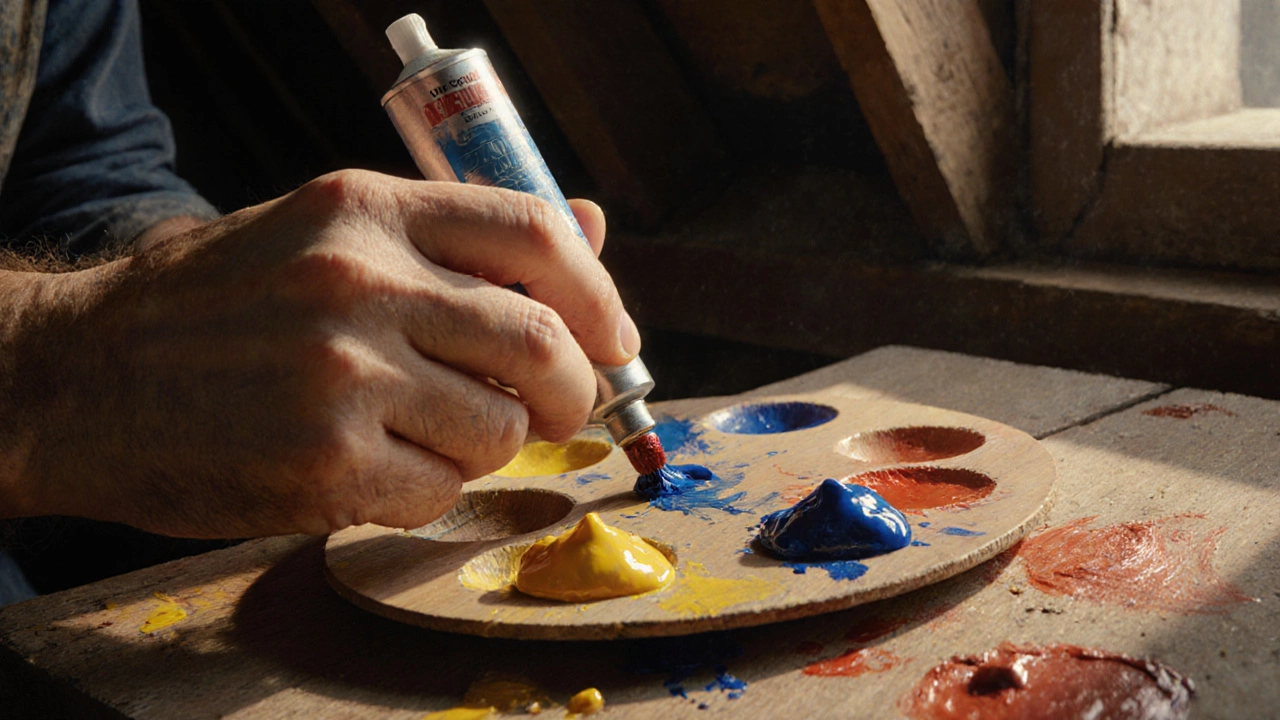Historical Oil Paints: Origins, Techniques, and Why They Still Matter
When you think of historical oil paints, pigments mixed with drying oils like linseed or walnut, used by artists from the 15th century onward to create lasting, luminous images. Also known as traditional oil pigments, they were the foundation of Western art for over 500 years. These weren’t just colors in a tube—they were carefully ground minerals, mixed by hand, and applied in layers that could last centuries. Unlike tempera or fresco, oil paints dried slowly, letting artists blend shadows and light like never before. This simple shift turned flat religious icons into living portraits with depth, skin texture, and real emotion.
What made historical oil paints so powerful? It wasn’t just the oil—it was the pigments, natural substances like vermilion, ultramarine, and lead white, each with unique properties. Ultramarine, made from crushed lapis lazuli, cost more than gold. Artists saved it for the Virgin Mary’s robe. Lead white gave opacity and brightness, but it was toxic—artists knew the risks and still used it. These materials weren’t chosen for convenience; they were chosen for impact. And the techniques, like glazing, scumbling, and underpainting, were developed to maximize the paint’s potential. Glazing—layering thin, transparent washes—built up color slowly, creating a glow you can’t get with modern acrylics. Scumbling added texture and light with broken strokes. These weren’t tricks; they were science.
Today, you won’t find many artists grinding lapis lazuli by hand. But the principles? They’re alive. Every time someone paints a portrait dark-to-light, builds depth with glazes, or chooses a linen canvas for its durability, they’re following a tradition that started in Flemish studios. Modern oil paints are more consistent, safer, and easier to use—but they still carry the DNA of those old masters. That’s why you’ll see these same techniques in posts about portrait painting, oil painting sizes, and how to brighten a dull canvas. The tools changed. The goals didn’t.
Below, you’ll find real guides from artists who still work with these methods—whether they’re starting their first portrait, fixing a flat painting, or choosing the right canvas. These aren’t just tips. They’re echoes of centuries of craft, still working today.
